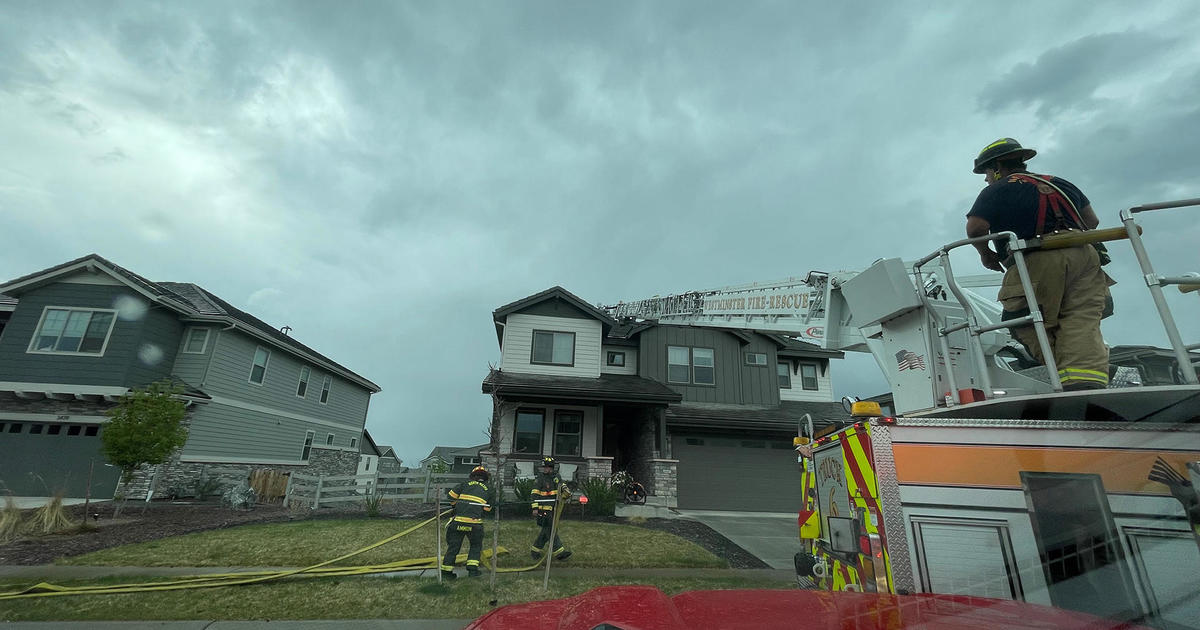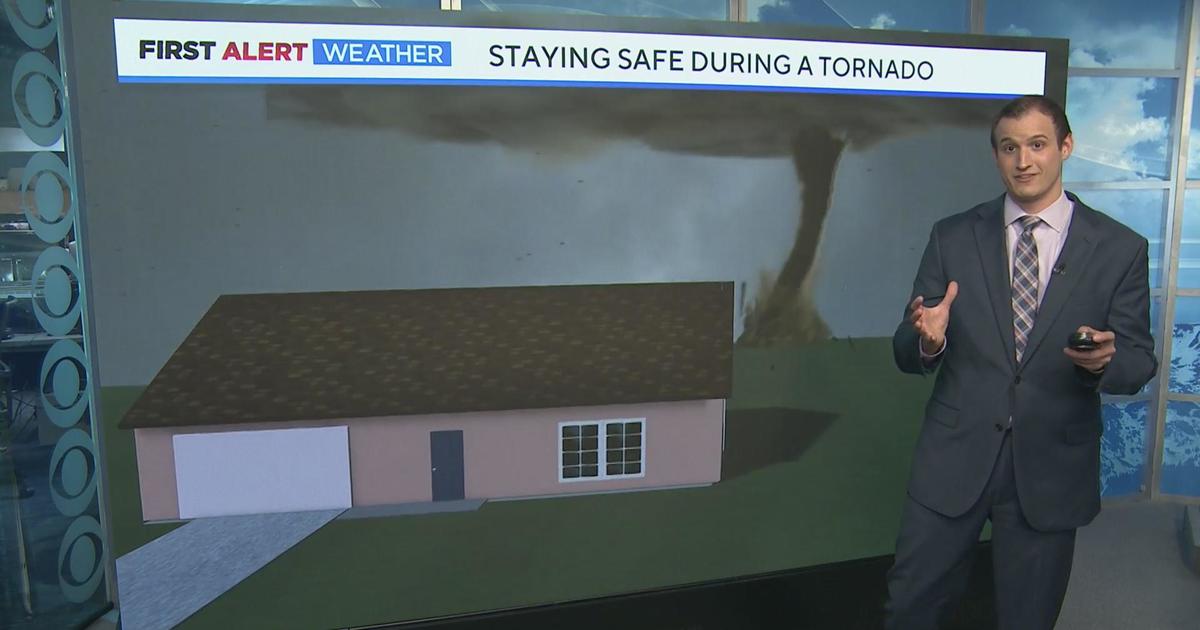Outdoor Lightning Safety Means Having A Plan Before Thunder Is Heard
DENVER (CBS4) - We're deep into the heart of thunderstorm season around Colorado, but there are still several more weeks to go before the threat of daily storms will be over.
From attending a ball game to mowing the lawn or hiking in the mountains, the most dangerous place to be during a thunderstorm is outside.
When the thunder roars, go indoors!
Since 1959, there have been over 140 documented lightning deaths in Colorado and hundreds of others have been injured. Often times, those who survive a lightning strike are left with permanent disabilities.
While lightning can strike as far as 10 miles away from a thunderstorm, it has been documented up to 20 miles away. The storm does not have to be overhead for you to be at risk.
Lightning is possible year round in Colorado, but late April into the middle of September is the prime time for lightning strikes.
STAY ALERT
If storms are in the forecast, and you have outdoor plans, make sure you have a way to monitor the latest weather conditions.
Watch for rapidly building and darkening cumulus clouds and if you hear thunder, seek shelter.
It doesn't matter how far away the lightning strike is, if you can hear thunder, you are within range to receive a lightning strike at any moment.
WHEN THUNDER ROARS, GO INDOORS
If you're outside when lightning or thunder begins, seek some type of substantial shelter immediately, such as a house, church or a store.
A metal roofed vehicle, such as a car, truck or bus, can also offer protection from lightning.
Once inside your place of shelter, keep doors and windows closed. If in a vehicle, do not touch anything that is connected to an external antenna.
It's recommended that you stay inside your place of shelter at least 30 minutes after the last rumble of thunder.
A recent lightning safety study found that 95 percent of people who were hit by lightning had some type of adequate shelter nearby
DO NOT seek shelter under porches, trees, carports, tents, dugouts or picnic shelters.
THINGS TO AVOID
When seeking shelter from lightning, avoid metal objects, because they are good conductors of electricity.
Do not hold things like fishing rods, golf clubs, tennis rackets or metal tools during a thunderstorm.
If hiking, take off metal framed backpacks.
You should also stay away from clothes lines, fences and metal sheds.
Water is also a great conductor of electricity and should be avoided during a thunderstorm. Believe it or not, lightning can strike water and travel beneath and away from its point of contact.
HAVE A PLAN
Anytime you plan to be outside during thunderstorm season, it's critical to have a plan.
If hiking, that plan might mean getting an early start so that you are on the return leg of your trip before the thunderstorm cycle begins.
In Colorado, the storms often start to brew over the mountains as early as 10 or 11 a.m..
If you belong to a larger organization, such as a sports team, part of your plan should include a designated weather watcher who has the authority to postpone or cancel the event when lightning poses a danger.
If at a park, perhaps attending an event like a family reunion, the plan should include allowing enough time to pack up and get to adequate shelter.
Remember, open air venues, like a picnic shelter or carport, are not safe from lightning.
WHAT TO DO IF STRUCK
Should someone get struck by lightning, immediately call 9-1-1 and give first aid as soon as possible.
People struck by lightning DO NOT carry an electrical charge contrary to some belief.
It is critical that the victim receive life saving breath if not breathing and CPR if their heart has stopped beating.



